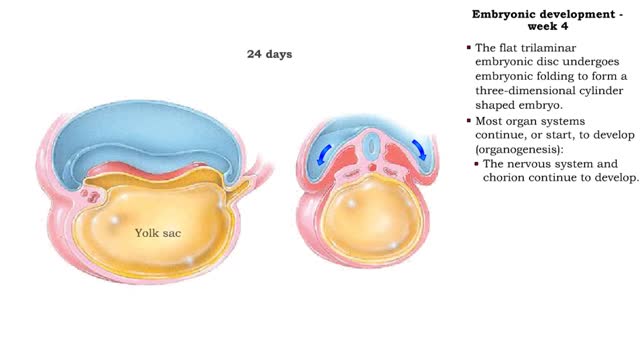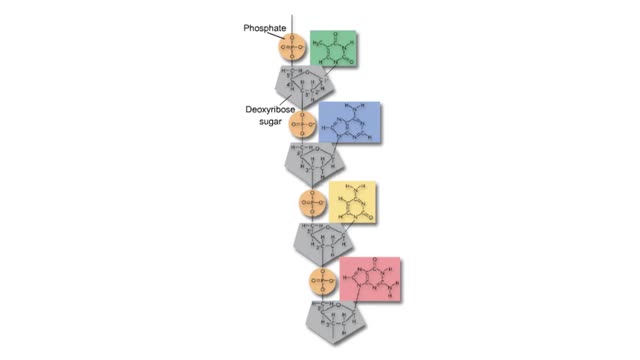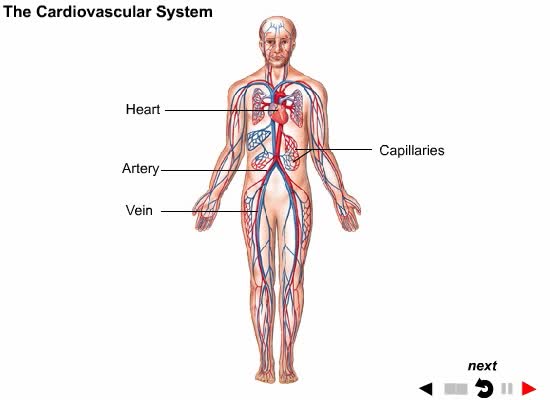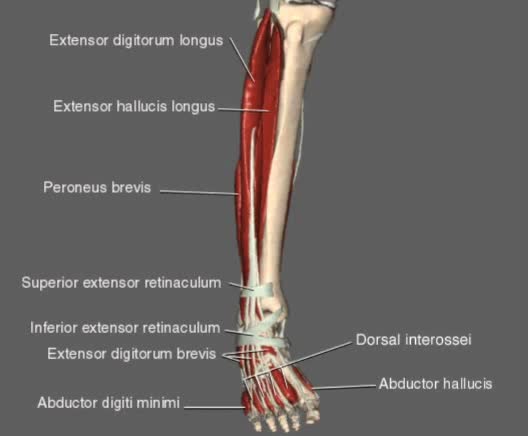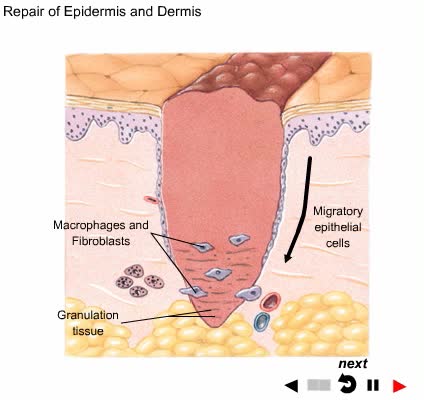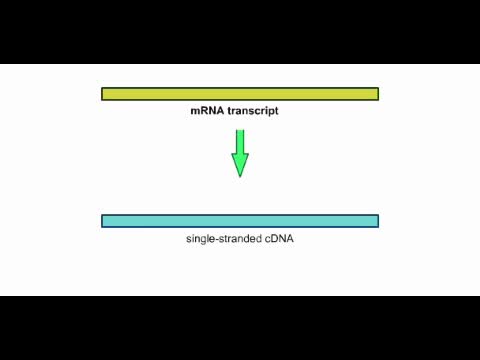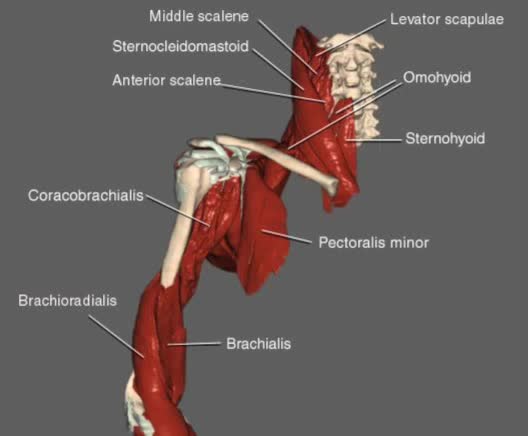Search Results
Results for: 'taste buds animation'
What are Taste Receptors? How Does it Work? Animation
By: HWC, Views: 3480
Do you ever wonder how you can taste the foods you eat? It all starts with taste receptors in your muscular tongue. Taste receptor neurons are found in your taste buds but you are not looking at the taste buds. The raised bumps on the surface of the tongue that you see are specialized epith...
By: Administrator, Views: 10253
The mouth or oral cavity is formed by: - The hard and soft palates at the top or roof - the cheeks - the tongue - the lips Contains the teeth and salivary glands. The gingivae (gums) surround the necks of the teeth. The lingual frenulum is a thin fold of mucous membrane that connects...
Embryonic development - Week 4
By: HWC, Views: 6830
• The flat trilaminar embryonic disc undergoes embryonic folding to form a three-dimensional cylinder shaped embryo. • Most organ systems continue, or start, to develop (organogenesis): • The nervous system and chorion continue to develop. • The heart and the rest of the cardiovas...
Introduction to Body Systems Animation
By: Administrator, Views: 685
Systems: A group of different organs functioning together for a common purpose.
By: Administrator, Views: 347
This animation shows a list of muscles found in the leg used for movement
By: Administrator, Views: 9639
A wound is an injury to living tissue caused by a cut, blow, or other impact, typically one in which the skin is cut or broken.
By: HWC, Views: 1233
This animation shows how an mRNA transcript can be used to make a cDNA strand.
By: Administrator, Views: 614
Four muscles—the supraspinatus, infraspinatus, teres minor, and subscapularis—make up the rotator cuff. It stabilizes the shoulder and holds the head of the humerus into the glenoid cavity to maintain the principal shoulder joint.
Advertisement





